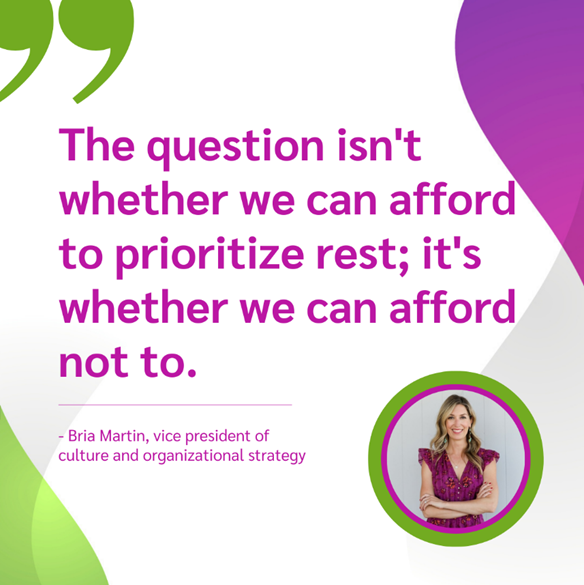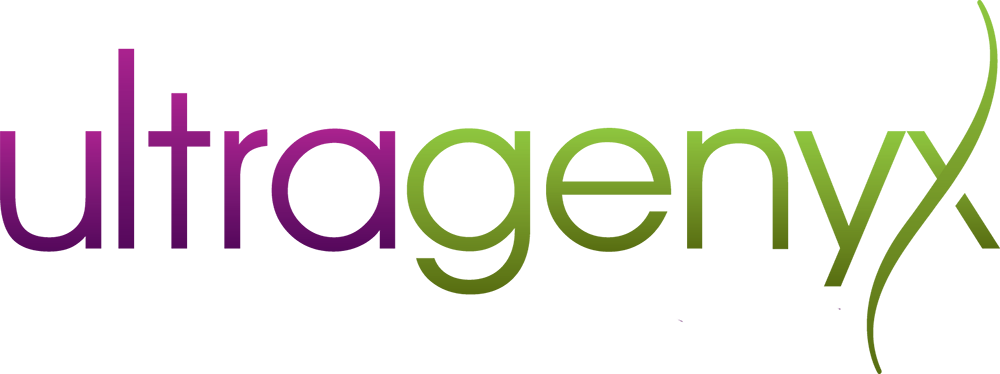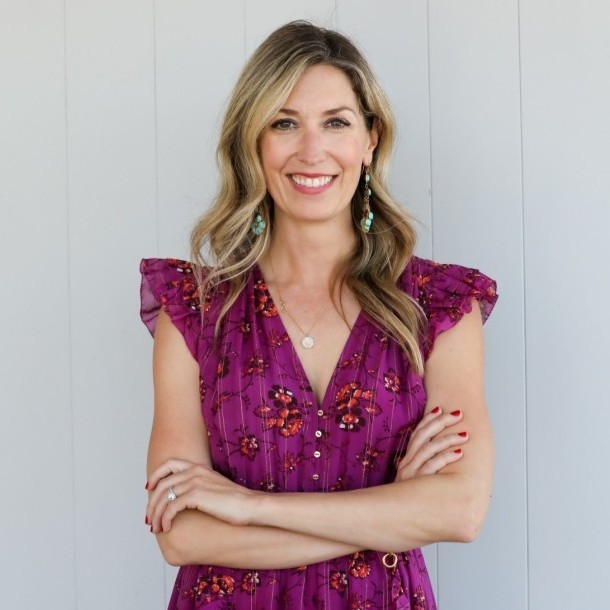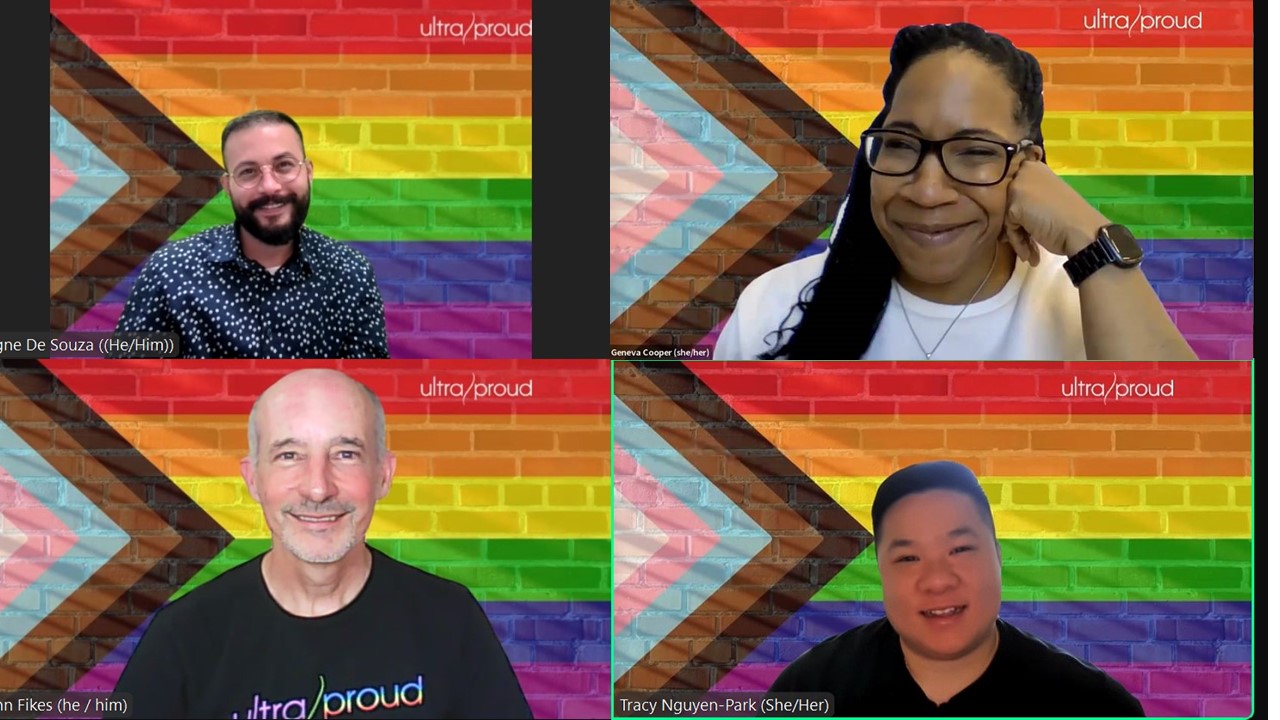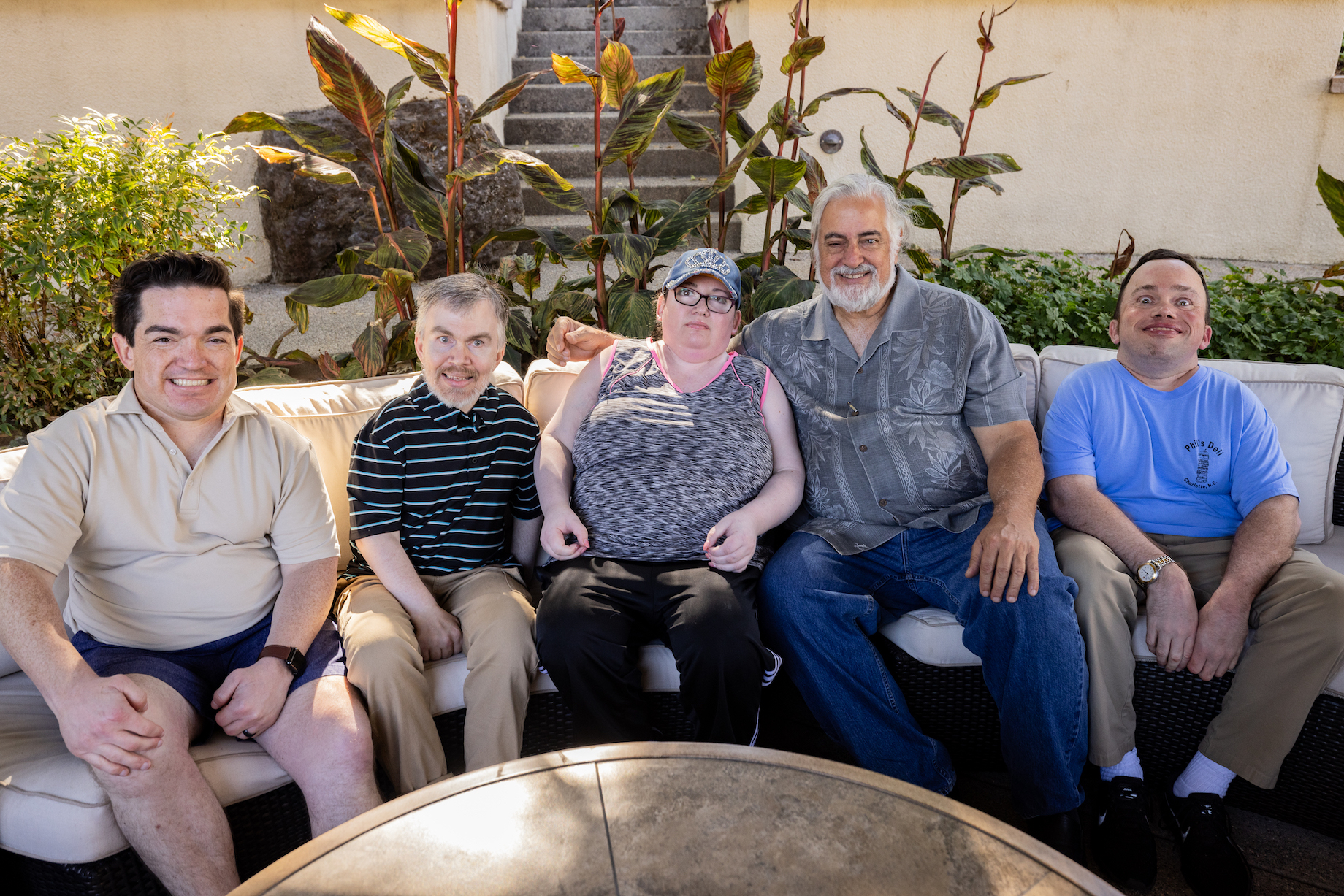After decades of depletion, last year I finally had a realization that woke me up: It wasn’t the volume of responsibilities in my life that was depleting me – it was how I was carrying them. I was white knuckling everything with a death grip, terrified of dropping a single ball. This insight sparked my ‘quest to learn how to rest,’ which has transformed not just my personal well-being, but my effectiveness as a leader at Ultragenyx and my impact in all areas of life.
Like many professionals, I operated in what I call “newsroom producer” mode – constantly scanning multiple screens, listening to various conversations, anticipating the next crisis.
This high-alert state felt necessary, even productive. But it was silently draining my energy reserves, one worry at a time.
The breakthrough came when I recognized that this perpetual state of readiness, while rooted in responsibility, was not only making me sick but diminishing my impact. Here’s what I’ve learned about integrating rest into a demanding professional life:
First, rest isn’t about duration – it’s about permission. Often our resistance to rest isn’t about lack of time; it’s about worthiness, feeling like we need to justify every moment of pause, as if productivity alone validates our value. This mindset shift is crucial:
Rest isn’t a reward for hard work; it’s a fundamental right and a professional necessity.
At Ultragenyx, we’ve built this into our culture through vacation time that varies in format by region but is similar in overall time off including summer and winter shutdown weeks in the U.S., Canada and Japan, enabling collective rest as an organization. We complement this with robust benefits around self-care, mental health, and energy management practices – all designed to help us integrate intermittent rest and renewal into our work lives.
Second, rest can be woven into active work. Take meetings, for instance. How often do we pride ourselves on simultaneous note-taking, action-item listing, and problem-solving during conversations? Instead, we can practice deep listening – being fully present without the mental multitasking. Counter-intuitively, this engagement, openness, and curiosity leads to more productive discussions and clearer insights – and is far less draining. We’ve made this a cornerstone of our employee development, DEIB, and leadership programs to practice and build this skill into our culture.
Third, accessing our vitality requires intermittent renewal. Going full speed with just sleep isn’t enough. We need micro-moments of rest throughout the day. Even 60 seconds of an intentional pause can shift everything. A three-minute breathing exercise between meetings, a genuine lunch break away from the screen, or a brief walk outside can reset our system. These micro-moments of renewal aren’t indulgences – they’re strategic investments in sustained performance. We teach these practices, build them into offsites and offer tips for leaders and employees to use in their work and personal lives – because we know the more we invest in these moments, the more productive, creative, and alive we feel.
But the real transformation, both individually and collectively within our teams and company cultures, comes from challenging three deeply ingrained beliefs:
1. The “fix-it” compulsion: As leaders, we’re trained to solve problems. However, constantly being in solution mode is exhausting. I’ve learned that pausing to assess, ask questions, and seek to understand before acting often leads to better outcomes with less energy expenditure.
2. The productivity-worth equation: The belief that constant motion equals value is deeply flawed. Our worth isn’t measured in perpetual activity, and sometimes, doing less allows us to achieve more.
3. The myth of ‘perfect’ energy management: Despite years of leadership experience, I still sometimes struggle with sustainable energy management. Accepting that this is normal when learning something new has allowed me to practice self-compassion, instead of self-judgment. It has also helped me embrace and fine-tune what my colleague and our chief commercial officer, Erik Harris, refers to as the ‘work-life rhythm’.
These insights have reshaped my approach to leadership, in both my work and life. I now view rest as a strategic tool for better decision-making, stronger team relationships, and sustained high performance. When we normalize rest in our daily work rhythms, we model a more sustainable way of working for our teams and build it into our company culture. This is particularly important for a mission-driven company. We must perform at our highest level to deliver for the rare disease community.
The unlock comes when we shift from viewing rest as a luxury to recognizing it as a strategic imperative. In today’s high-demand business environment, our ability to sustain excellence depends not on our capacity to push through exhaustion, but on our wisdom to integrate renewal into our daily practices. As leaders, we have the power – and the responsibility – to create cultures where rest is not just permitted but promoted. The future of work isn’t about endless endurance; it’s about rhythmic renewal that enables sustained impact. The question isn’t whether we can afford to prioritize rest; it’s whether we can afford not to.
